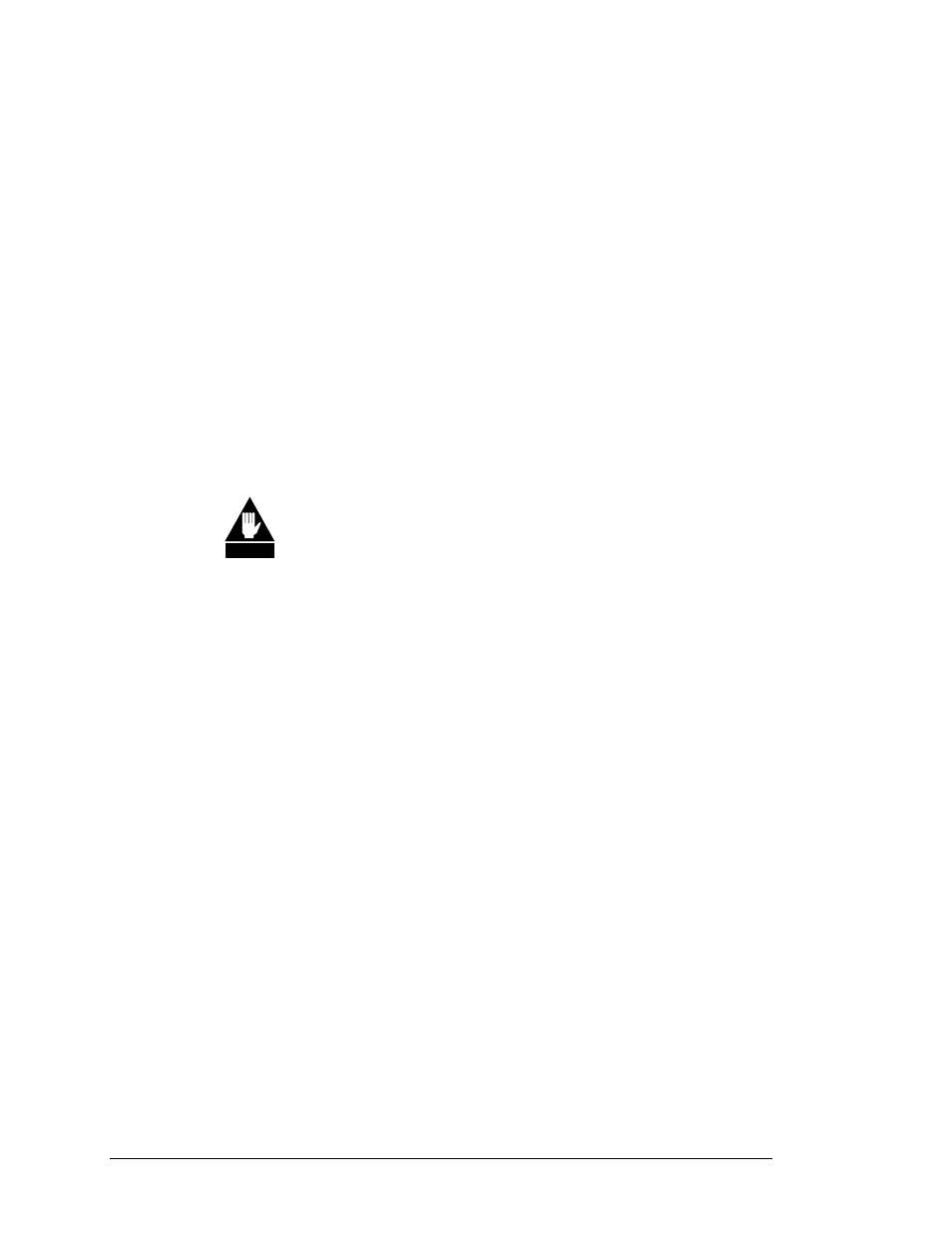Chapter 4. system operation, 1 turning on the csat, 2 configuring the csat – Comtech EF Data CSAT-5060 User Manual
Page 35: 1 frequency

4–1
Chapter 4. SYSTEM OPERATION
4.1
Turning On the CSAT
The CSAT does not contain a ‘Power On/Off’ switch. The CSAT is powered
ON by connecting the J3 “AC Power” connector to the appropriate prime
power source. See Section 1 for detailed requirements for the ‘prime power
source’.
WARNING
Never turn the unit ON without proper waveguide termination on the J2
“RF OUTPUT” port. Individuals can be exposed to dangerously high
electromagnetic levels.
In addition, when directly connecting the CSAT to Laboratory Test Equipment,
a DC block should be used between the J7 ‘RF IN’ port and RF test source.
The reason for this is that the CSAT can be configured to supply an 11Vdc,
400 milliamp, LNA Current Source output on this port. The DC block will
protect any test equipment connected directly to J7.
4.2
Configuring the CSAT
The CSAT is a complete RF Downconverter Terminal, RF Upconverter
Terminal, and RF High Power Amplifier (HPA) in a single weather safe
package. The following paragraphs define the meaning and use of all of the
controllable parameters of the CSAT.
4.2.1 Frequency
Both the Receiver frequency and the Transmitter frequency are user
configurable. The receiver frequency can be selected to any frequency divisible
by either 1.0 MHz or 2.5 MHz in the valid Rx frequency range. The transmitter
frequency can be selected to any frequency divisible by either 1.0 MHz or 2.5
MHz in the valid Tx frequency range.
Associated Remote Command(s):
DFQ= , UFQ=
Example(s): DFQ=3720.0,
UFQ=6137.0
